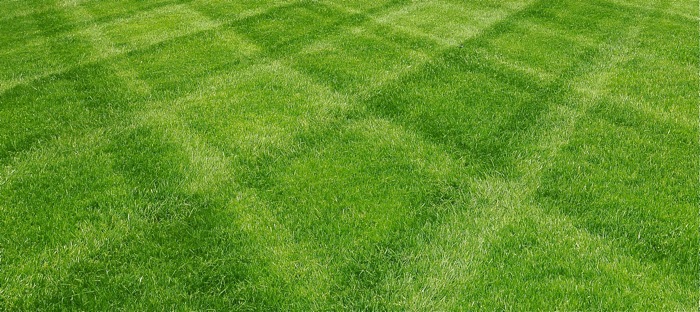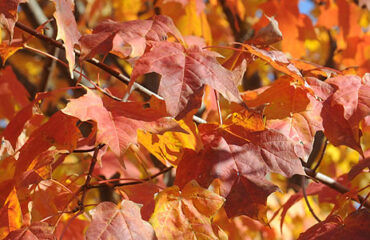We live, as you know, in the information age. Which is good…as long as you get “good” information.
Relative to a recent post here on the Ever-Green site, we want to go the extra mile to ensure just that…that the information you understand about spring lawn care, and especially that relative to crabgrass control, is “good” information. We want all our customer’s lawns to be as clean as the one pictured above.
OK, relative to the matter of pre-emergent application for chemical control of crabgrass, we wrote that “pre-emerge” should be down prior to April 1, as others have written and are still writing. An article in the Dayton Daily News last week said as much. But there is a caveat that comes with that date.
Typically by April 1 we’re going to have average air temperatures of 60-65 degrees, which in turn raises the soil temperatures upwards towards 55 degrees. And when soil temps reach the mid-50s…that’s when crabgrass and other weeds begin to sprout!
Now, given that March has been miserable, and overnight temperatures have routinely been in the 20s, soil temperatures now (after April 1st) are nowhere near 55 degrees. And what this means is…there’s still time to apply crabgrass control for your lawn. Ever-Green is doing it, other companies are doing it, and you can do it, too, if you’re a do-it-your-selfer. And how can you tell, if you don’t have a soil thermometer?
“There are usually two visual indicators,” says Ever-Green president Joe Duncan. “When the forsythia (yellow shrubs) blooms begin to fall that tells you that soil temps are up to a level of seed germination. And, when the dandelions are in the “puff ball” stage, again, after blooming. But we haven’t even seen a dandelion yet. It’s been too cold. So there’s plenty of time for pre-emergent application for crabgrass.”
There’s another important point of debate (or correction) about how pre-emergent actually works.
“Most people think that the chemical gets in the ground and actually prevents a seed from sprouting,” adds Duncan. “That’s not true. The chemical washes off the host fertilizer pellet and attacks the sprouted seed in the ground after germination, thereby killing the offensive plant. That’s a much more efficient method of control when you consider that a seed can lie in the ground for years before it actually germinates.”
So, bottom line: There’s still time to treat your lawn because we’ve had an abnormally cold spring so far. And how long do you have? Look for the forsysthias to bloom, and the dandelions to be in “puff ball” stage. Or, you can call Ever-Green. Nothing beats good information!




